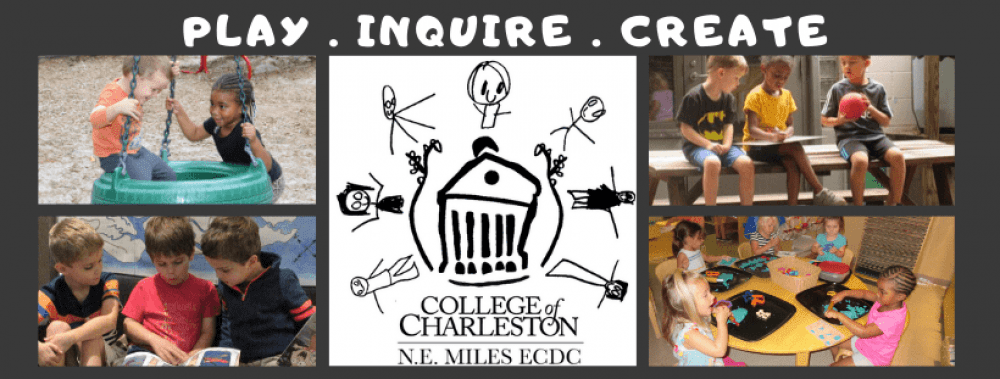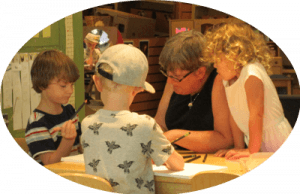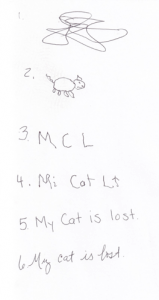The South Carolina Early Learning Standards are incorporated into the Sunflower class curriculum. This week’s focus is: Emotional and Social Development (ESD).
The Sunflowers are now settled into the classroom routine and we are seeing each child demonstrate a positive sense of self-identity and self-awareness (Goal ESD-1) through individual, small, and large-group activities. Children of this age place great importance in their name, especially the first letter. As a way to emphasize this display of self-identity, we incorporate many activities involving the spelling of their names, such as making letter cookies!

The students are able to identify the many things that make them unique, such as eye color, skin color, and food preferences. In addition to self-identification, the children are able to express positive feelings about themselves and confidence in what they do (Goal ESD-2). One morning at circle time, we passed around a mirror and the students were able to share their favorite thing about themselves! Our day is filled with little moments of problem-solving and confidence boosting. We encourage our Sunflowers to try things on their own before a teacher comes to help- everyone is always happily surprised to see what they are capable of!

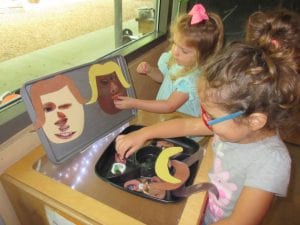
As their self-awareness grows, their sense of self with others develops, too. The Sunflowers are nurturing friendships, learning to interact positively with other children, and showing the social and behavioral skills needed to successfully participate in groups (Goals ESD 4 & 5). Some ways that we incorporate this in our classroom is through cooperative games and activities, which encourage sharing and collaborating.

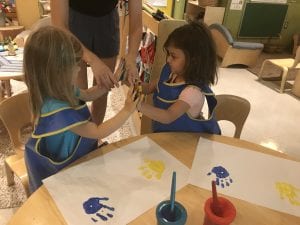
Time on the playground presents lots of opportunities to work with others; the children push each other on the swings, maneuver bikes to accommodate their friends, and together, create imaginary worlds far beyond the playground equipment.

